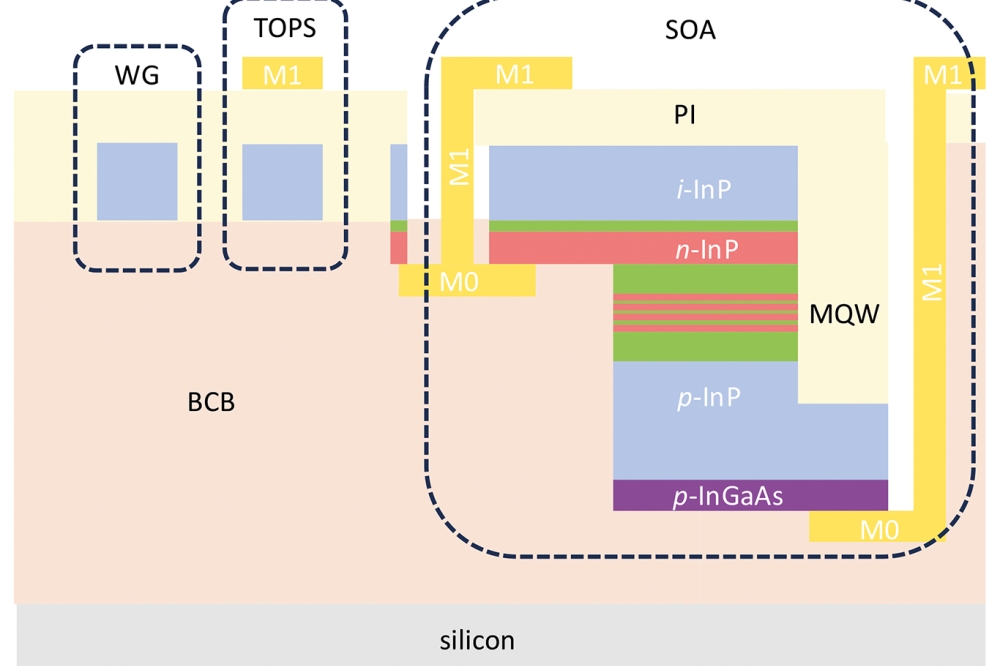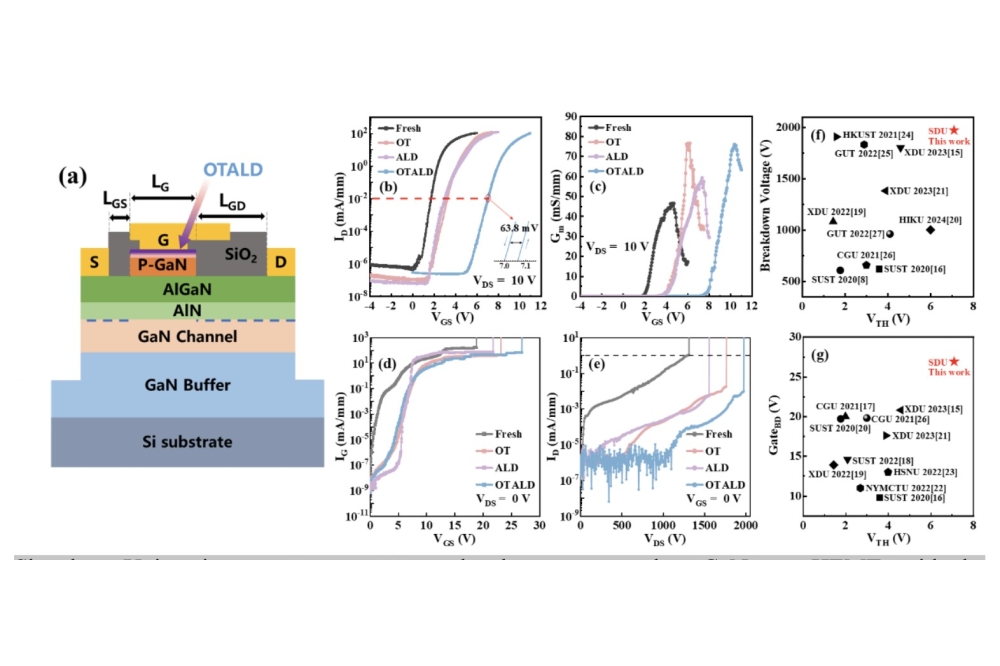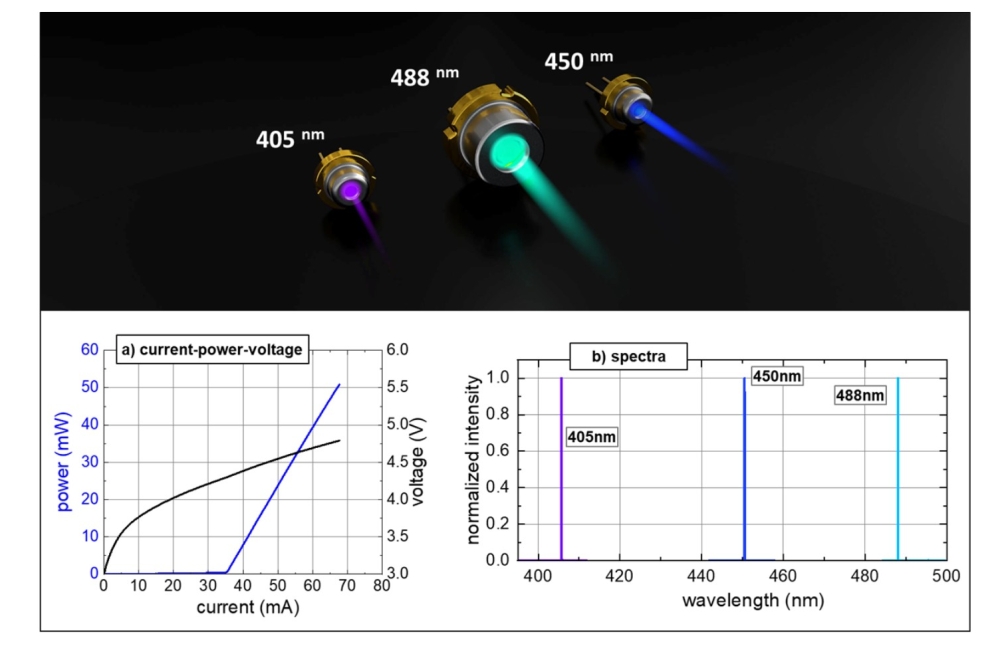OLED TV shipments to fall to 6.67 million
Russia-Ukraine conflict, inflation, and interest rate hikes to reduce TV shipments in 2022 to 202 million units, says TrendForce
According to TrendForce investigations, global TV shipments in 3Q22 reached 51.39 million units, growing 12.4 percent QoQ and falling 2.1 percent YoY. As the shadow of rising inflation envelops the world, consumer product budgets have become seriously constrained, indirectly inhibiting the willingness to purchase TV products.
Entering the fourth quarter, TV brands have launched large-scale promotions in order to surge this year's shipments. TV shipments in 4Q22 are expected to increase by 10.8 percent QoQ to 56.96 million units, but still down 3.5 percent compared with the same period last year and a new low for the period. Under the influence of factors such as the Russia-Ukraine conflict, rising inflation, and interest rate hikes, global TV shipments in 2022 are estimated at only 202 million units, falling 3.8 percent YoY, and the lowest level in the past decade.
TrendForce further indicates, due to easing supply and potential oversupply in 2023, there is little possibility of a sharp rise in TV panel prices but this situation will help TV brands reduce cost pressures and increase the flexibility of large-scale promotions. However, the latest forecast from the International Monetary Fund (IMF) on global economic growth in October pointed out that the global economic growth rate will slow to 2.7 percent next year, and the forecast does not rule out the possibility of further decline.
The three largest economies include the United States, Euro zone, and China will remain stagnant, which may lead to difficulty in growing TV shipments. Therefore, global TV shipments are estimated to decrease by 0.7 percent YoY in 2023, reaching 201 million units.
European gas prices skyrocket, consumer budgets cast aside OLED TVs
This year, TV sales in Europe posted the worst performance among major economies. Due primarily to a combination of three factors including the conflict between Russia and Ukraine, the shutdown of nuclear power plants in France, and the inability to generate hydropower due to drought, the price of natural gas in Europe has soared nearly four times compared with the same period last year.
Severely hampered by household consumption budgets, the annual decline in European TV shipments this year may reach 12.5 percent. Since Europe is a major sales zone for OLED TVs, even though sales of OLED TVs in North America have grown by more than 20 percent bolstered by promotions this year, TV demand in Europe has been sluggish, and growth in OLED TV shipments halted for the first time since TrendForce began tracking statistics in 2016. This year's OLED TV shipments are estimated to only reach 6.67 million units, a decrease of 0.6 percent YoY.
OLED TV demand meets strong headwinds
This year, LG Electronics and SONY accounted for more than 80 percent of the OLED TV market, with a 61 percent share and a 21 percent share, respectively. However, LG Electronics lost sales in Europe and shipments in North America failed to meet expectations. This year, LG Electronics' OLED TV shipments fell by 2.7 percent YoY for the first time to only 4.04 million units.
In the past, OLED TVs from Philips and Panasonic accounted for more than 60 percent of annual shipments in Europe but, this year, the European market has been hit by severe inflation, consumer budgets have tightened, and LG Electronics has continued its 2Q22 price slashing strategy, threatening the survival of other OLED brands and hindering 2H22 OLED TV shipments from Philips and Panasonic. Philips and Panasonic OLED TV shipments in 2022 are estimated to decline by 9.1 percent and 23.3 percent, respectively.
In addition to OLED TV sales not meeting expectations in Europe this year, as LCD TV panel quotations drop precipitously, the price differential between 55-inch UHD OLED and LCD TV panels has widened from a multiple of 1.8 to 5 within a year, helping to reduce the promotion pricing of LCD TVs by 20-25 percent. However, this has also caused OLED TV sales to decline. In addition, the brightness performance of OLED TVs is slightly inferior to that of LCD TVs, which are also high-end products with mini LEDs as backlights. Therefore, LG Display will further improve the brightness of OLED TVs by replacing materials and algorithms next year with annual shipment growth estimated to increase by 7.3 percent to 7.16 million units.


































